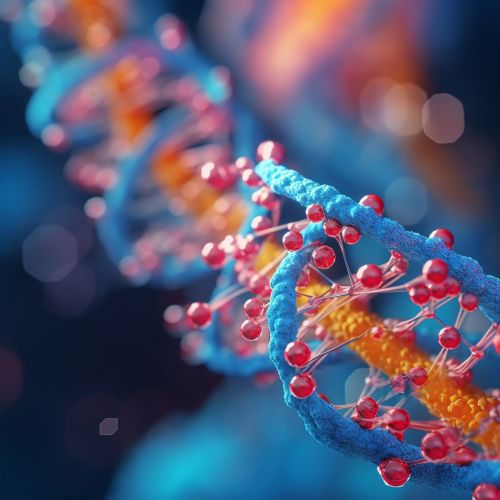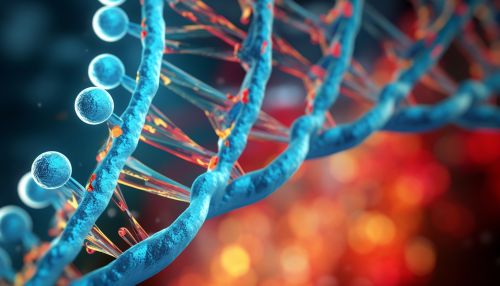Recombinase
Introduction
Recombinase is a type of enzyme that catalyzes the process of genetic recombination, a critical mechanism in the DNA repair and genetic diversity of organisms. Recombinases are found in all domains of life, including bacteria, archaea, and eukaryotes, and play a crucial role in the maintenance and evolution of genomes.


Types of Recombinase
There are several types of recombinase, each with a unique role in the process of genetic recombination. These include site-specific recombinases, homologous recombinases, and transposase recombinases.
Site-Specific Recombinases
Site-specific recombinases are enzymes that catalyze the exchange of DNA between specific sites on a DNA molecule. These enzymes are critical for the integration and excision of DNA sequences, such as the insertion of viral DNA into a host genome.
Homologous Recombinases
Homologous recombinases are enzymes that facilitate the exchange of DNA sequences between two similar or identical molecules of DNA. This process is crucial for DNA repair, particularly in the repair of double-strand breaks.
Transposase Recombinases
Transposase recombinases are enzymes that catalyze the movement of DNA sequences, known as transposons, within a genome. This process contributes to genetic diversity and evolution.
Mechanism of Action
The mechanism of action of recombinase enzymes is complex and involves several steps. First, the recombinase binds to specific sequences on the DNA molecule. This binding triggers a series of conformational changes in the DNA, preparing it for the recombination process. The recombinase then catalyzes the breaking and rejoining of the DNA strands, resulting in the exchange of genetic material.
Role in Genetic Diversity and Evolution
Recombinase enzymes play a critical role in promoting genetic diversity and evolution. By facilitating the exchange of genetic material, these enzymes contribute to the creation of new combinations of genes, which can lead to the emergence of new traits and species. This process is particularly important in bacteria, where recombinase-mediated recombination is a major source of genetic variation.
Role in DNA Repair
In addition to their role in genetic diversity, recombinase enzymes also play a crucial role in DNA repair. DNA damage, such as double-strand breaks, can be lethal to a cell if not repaired. Recombinase enzymes facilitate the repair of these breaks by catalyzing the exchange of DNA sequences between the broken DNA molecule and a similar or identical DNA molecule. This process, known as homologous recombination, is a critical mechanism of DNA repair in all organisms.
Clinical Significance
Recombinase enzymes have significant clinical implications, particularly in the field of gene therapy. By harnessing the power of these enzymes, scientists can manipulate the genomes of cells, potentially correcting genetic defects and treating genetic diseases. Additionally, recombinase enzymes are also being explored as potential targets for antimicrobial drugs, given their crucial role in bacterial genetic diversity and evolution.
